|
| |
|
|
|
|
|
The Free Energy ControversyIn science we rely primarily on experimental evidence to form conclusions about the natural world. Centuries of human experience with building machines has shown us that you can never acheive a coefficient of performance greater than 1. The Law of Increasing Entropy, or 2nd Law of Thermodynamics is well established scientific law. In established science, the only proven examples of "free energy" we have are: (Please note that Gibbs free energy and Helmholtz free energy are both examples of Thermodynamic free energy and are not to be confused with other, less well defined definitions of "free energy")
If you know of any others, please email me and I will gladly include them. Thanks! The Energy ConspiracyOn my Big Oil conspiracy page I outline some of the founding history of the Bilderberg Group and the Petrodollar Recycling System, which today dominates much of US Foreign Policy toward the Middle East. What I didn't get into was the issue of alternative energy suppression, and the issue of energy in general. The Sierra Club has done an excellent job of researching and documenting the actual active suppression of Clean Energy and Alternative Energy Technologies by invested energy interests: Here is the Sierra Club's report on how Clean Energy Technologies are being suppressed and by whom: http://www.sierraclub.org/pressroom/downloads/SierraClub-CleanEnergyUnderSiege.pdf It is generally a good strategy to learn from the mistakes others have made in the past, so that we do not waste our time and effort repeating them. Since there is currently no credible hard scientific evidence to suggest that "free energy" machines are possible, this is generally the reason these patents are denied by Patent Offices. History and rumor tells us that if you have an actual "free energy" machine, then trying to Patent it is about the stupidest decision you could make. According to much conspiracy rumor, everyone who has ever tried that got killed by the energy companies. . . I find much of these stories too implausible to be true, based on the hard physics of energy and conservation laws. On this I tend to agree with the profesionals, that there may be a few ways for improving the efficiency of gasoline engines, simple micro-economics show the infeasibility of keeping anything like this suppressed for long. On the other hand I remain open minded to the possibility of anomalies or other undiscovered scientific phenomena, but we must always remember what has proven to fail in the past... So here are some things to watch out for:
Having said everything I feel needs to be said about "free energy" and related conspiracy claims, I will now talk about the proven scientific energy options we have available and the science and numbers behind them.
Educational Resources on everything that has been proven NOT to work: Energy Options:Below is a list of all the scientifically proven and readily available energy options. What kind of energy will we choose? What are the environmental impact of various energy options? Also check out my Energy Price Calculator Table for comparing energy costs for different fuel sources at variable efficiency ratings. Oil:This is Oil: On the right is the delayed coker at Sincor in Venezuela. It thermally cracks heavy oil into diesel boiling range. The middle picture shows the various separation layers in a typical oil refinery distillation column, and what uses the various components of crude oil have. 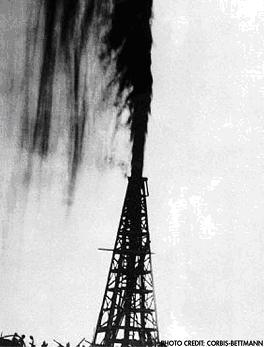

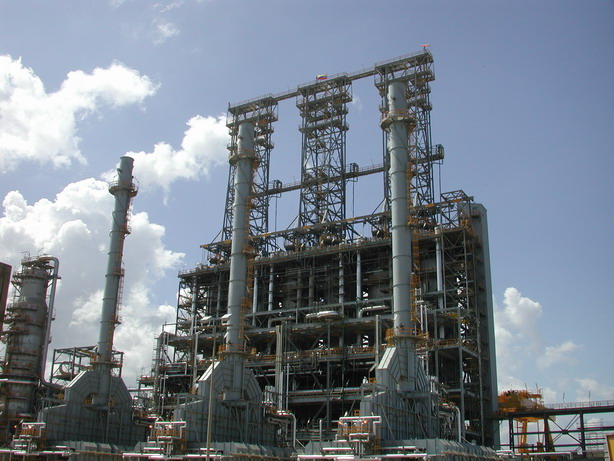
Have we taken oil based product availability for granted? What will the price of gasoline and diesel be 10 years from now? You can form your own answer by looking at the chart below. We can see the discovery of "conventional" oil in the 50's, 60's, and 70's was greater than the production (Black line). Future discovery does not look too promising and drilling in our National Parks and Offshore fisheries will not make a big difference on a global scale. If we add in "unconventional Oil" like tar sands and possible coal , the potential supply is much larger, but the cost of production is also much larger and with current know-how unconventional oil has a much larger CO2 footprint. Technology advances for production of conventional oil and unconventional oil may help extend our production, but it is clear that total oil production will decline and this is not so far in the future. 
Coal:This is coal and a typical coal fired power plant. The US has more than 200 years of coal, China has less than 50 years 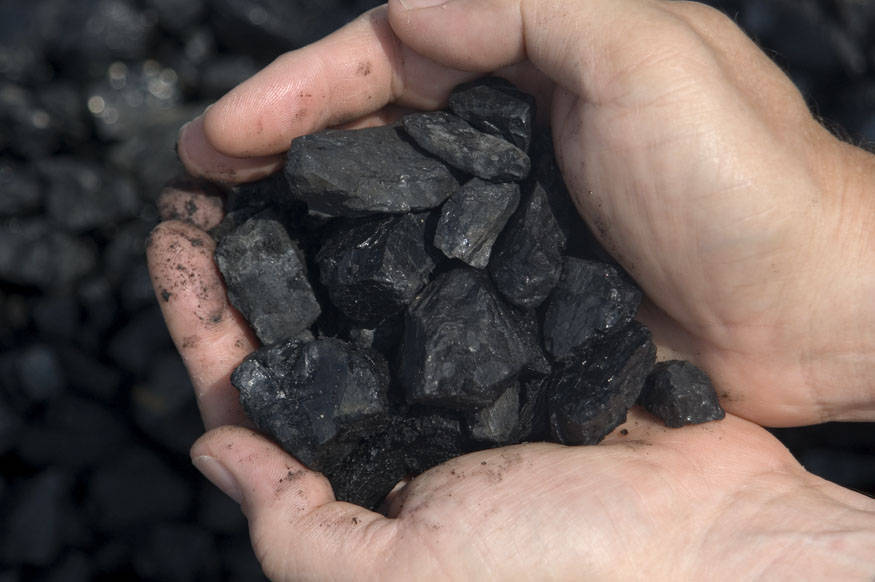 
Nuclear:With nuclear reactions, we often think of the conversion of a small amount of mass into a large amount of energy from Einsteins famous equation E=mc2. It is true that the mass of nuclear reaction byproducts is slightly less than the nuclear fuel and this missing mass was converted to energy. This behavior is not unique to nuclear reactions as even exothermic chemical reactions loose mass and endothermic reactions gain mass, proportional to the heat produced by the reaction. Like many power sources nuclear reactions basically make a lot of heat to make steam and then the steam is passed through turbines to convert a fraction of the heat energy into electric power. It is not completely CO2 free as it takes a lot a conventional fuel to mine and process Uranium. Most of the 2.8 trillion kilowatt-hours of electricity generated worldwide from nuclear power every year is produced in light-water reactors (LWRs) using low-enriched uranium (LEU) fuel. The world has roughly a 230 year Uranium supply. The supply will likely grow due to future discoveries, better extraction, and could grow a lot if reactor design shifts to breeder designs or if Thorium fuel cycles are used. Thorium resources are maybe 5 times that of Uranium. 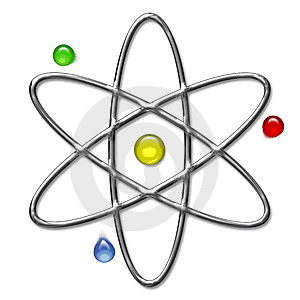

Nuclear power. We know how to make both fission and fusion bombs, that release large quantities of energy very quickly. We have figured out how to control some fission reactors, but the fission reactions release solids, liquids, and gases that make a number of long lived radioactive byproducts. Different fission fuel cycles can reduce the radioactive waste and extend the fuel. Nuclear Fusion power has the potential to be relatively clean, relatively safe, and has a massive fuel supply. The world is spending about 5 Billion Euros per year on fusion research (ITER), about the same as we currently spend on ring tones worldwide. Although artistic and personal expression are very important, we might wonder if we have our priorities right. We just have to figure out how to make a working prototype before we can work on the engineering to make cheap power at the industrial level. Three major design approaches are being worked on. These are the Tokomak (Magnetically confined torus), the Laser based Inertial confinement fusion (ICF), and the Pinch method using an Electromagnetic Pulse to implode pellets. The Tokomak fusion reactor design on the top left is the most promising design for controlled fusion. Fusion reactors produce a tiny fraction of the radiation of fission reactors. The fuel supply is enormous and this would be the magic bullet to solve our energy supply problems, but it is very hard to do as decades of research has failed to produce a working prototype. The ITER (Tokomak) in France is the most advanced research reactor. Although ITER is expected to produce (in the form of heat) 5-10 times more energy than the amount consumed to heat up the plasma to fusion temperatures, the generated heat will not be used to generate any electricity. In the photo at the bottom right is the Z-Machine (Laser based Fusion reactor) During the 100 ns discharge, the power output is 2.9*1014 W, equal to 80 times the power output of all the power plants on earth. Rumor has it that 2010 will be the year they produce more power than they consume. 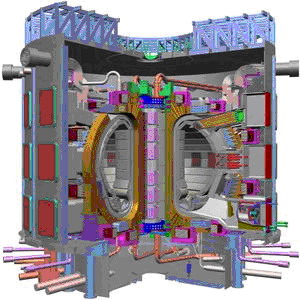

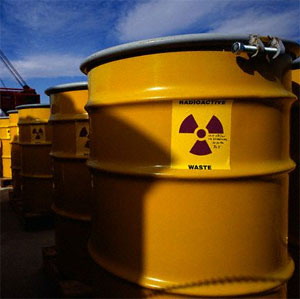
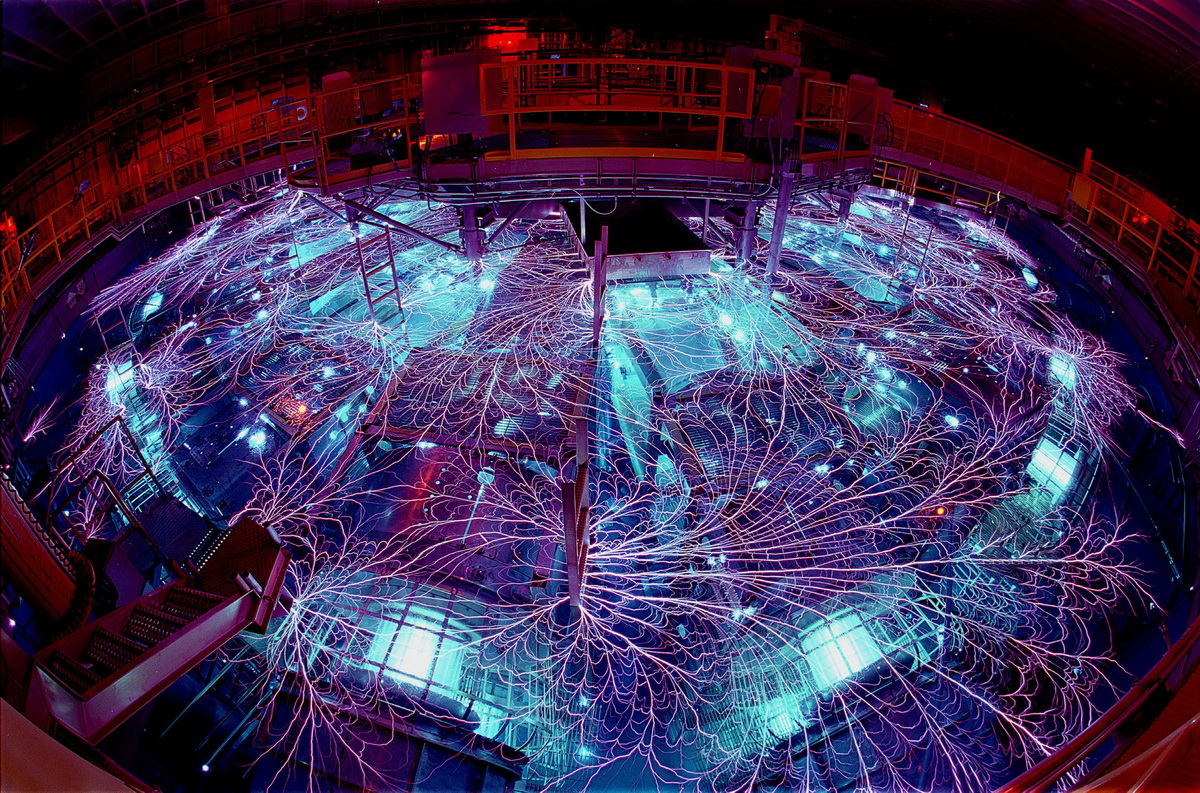
Natural Gas:Most of us know about Natural Gas, it is mostly methane (CH4). Natural Gas has a slightly lower CO2 footprint than oil. New advances in extraction from US shale deposits have improved production, but like oil, production is exceeding discovery and we have likely already reached peak productions. Russia, Iran, and Qatar have most of the worlds Gas reserves. Currently Natural Gas is a bargain for the US consumer due mainly to government price regulations. The improved gas production techniques are more costly, and this does provide a hedge against steep price increases. Propane is not regulated in the same way and it is noticeably more expensive than natural gas on the basis of $ per BTU. 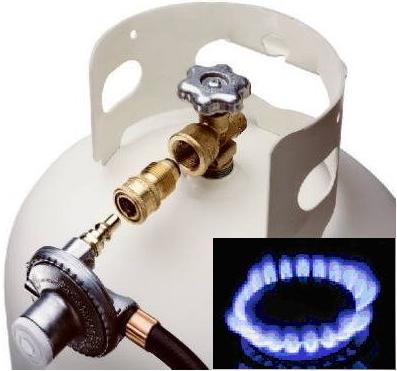

Hydro-electric Power:Hydro power is great from a CO2 and energy efficiency perspective; As no fuel is consumed Hydro power is typically very cost effective. Hydro provides roughly 10% of our current electric power, but unfortunately we cannot rely on Hydro power for much additional expansion as most, but not all, hydro sites have already been developed. Dams do disrupt fish migration, flood land area, and disrupt the natural cycles of water flow, but overall these problems are small compared to the alternatives. 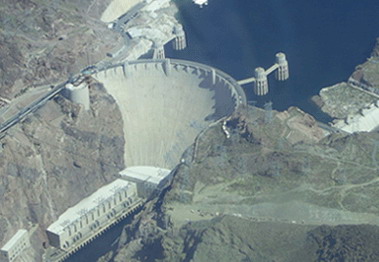
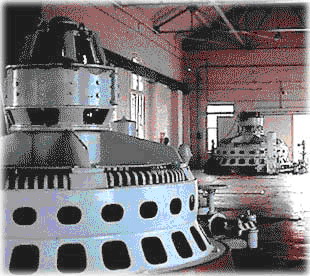
Bio Fuels:Using the Sun for creation of biofuels has many possibilities. The term Biofuels, as currently used, only describes a small subset of Solar driven biological processes. The sun is the source of energy driving most (but not all) of the biological cycles that maintain life on earth.
It does not appear that biofuels can be produced in the quantities required to replace our current hydrocarbon consumption. It has been estimated that using available know-how, that biofuels might be able to provide about 30% of our current liquid fuel consumption. Lets take an example to illustrate. Suppose we use the classic "Energy Balance" to roughly compare the land required to propel a biofueled car vs. the land required to propel a photovoltaic powered solar electric car. Biofuel Car:
Photovoltaic Electric Car:
It's no contest, the Solar electric car wins hands down. It takes roughly 38 acres of Biofuel farmland to produce the fuel to propel a biofueled car the same distance as the same sized electric car charged from 1 acre of solar photovoltaic desert. Keep in mind this is only the energy balance and many other factors are involved. The technology of Solar electric and the mass production of electric vehicles is not so well developed as Biofuel infrastructure. Recent advances in Algae farming to make Fuel could improve the energy balance of biofuels. It is interesting to note that the EPA departed from the science based regulation of transportation fuels when they mandated 10% Ethanol in gasoline. Previous to that each gasoline quality regulation had a scientific basis to have a net reduction per the 1990 Clean Air act, i.e. Tetra Ethyl Lead, Sulfur, CO, and unburned hydrocarbons. The MTBE debacle points out that we cannot always predict problem regulations create and that we are still learning how to use liquid fuels and keep a clean environment. There is a lot of discussion and research in the area of Biofuels, genetic plant engineering, improved farming yields, sustainable farming methods, BioChar, soil preservation, Ocean farming and fish management, and many other very important topics that will determine the maximum number of people the earth can support. Solar Power:Our sun produces 400,000,000,000,000,000,000,000,000 watts of energy every second and the belief is that it will last for another 5 billion years. Of course the only way to harness all of that energy would be through the production of a Dyson Sphere. Solar energy is our main long term option. We have explored enough of the neighborhood to know that the planet Earth is the only decent real estate likely to support any quantity of frail humans. The Sun should be around for a few billion years but even the most bold futurist might find it hard to predict how life on earth will evolve over that timescale. Solar power has the potential to provide all of our power needs. So far it has not been as convenient (as easy to make it work) as exploiting the stored energy in coal, oil, gas, and Uranium. The sunlight hitting the earth in less than 10 minutes could supply all of the world’s current electric power for 1 year if it could only be captured and used cheaply and efficiently. The amount of Sunlight energy that hits 1 acre in Arizona on an average day is equal to about $4000 of electrical energy @ $0.15 per Kw-Hr. Orbiting solar generators have been proposed and solar energy does power most of our satellites and the space station too. On a clear day the solar flux is about 1000 Watts per square meter at the earths surface. That is basically the energy of a hair drier every 3 feet. Compared to biofuels, solar electric power would use a relatively small amount of land (or ocean) area. The sunniest places are generally in dry regions that do not compete with farming. Photovoltaic cells and solar thermal engines can be used to generate electricity, but currently the cost is higher than most of the alternatives. We are finally starting to do a small amount of basic research in the area of solar technology and there has been some progress in developing more efficient solar cells, heat engines, and related technology. Generally solar electric approaches trail wind as a cheap source of renewable electric power, but that could change if solar cell cost and efficiency are both improved as a result of research breakthroughs. 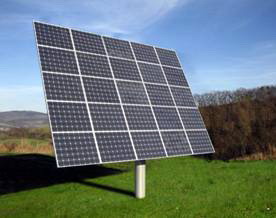

The best we can tell is that the Sun has been around for a long time and looks like it will stay running for a very long time to come.. 

We should be happy that our sun is not too small or too large. If our sun were as large as some stars, it would extend past Saturn! Our sun is barely a single pixel compared to the much larger star Antares. As we look into sky we have observed incredible releases of energy that we are struggling to explain such as Super Novas and Quasars. One quasar's luminosity is estimated at about 2 trillion (2 × 1012) times that of our sun, or about 100 times that of the total light output of average giant galaxies like our Milky Way. Now that could power a lot of hair driers! 
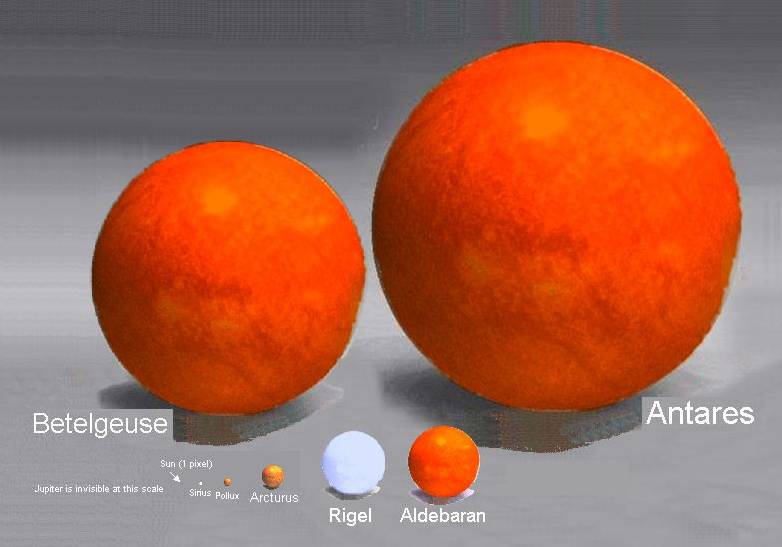
Solar Thermal PowerSolar Thermal Power is the use of solar heating power as opposed to photovoltaic (PV) solar power. Mirrors are used to focus light energy onto a single point much like a giant magnifying glass. 

The mirrors are usually focused on a boiler aparatus covered in a highly absorbant material. The boiler heats up producing steam which is then use to power anything you want to attach, such as a turbine, etc. Wind Power:US Wind energy resources could in principle power more than 200% of our US electric power grid. Denmark currently gets over 20% of their electric power from Wind energy. Careful site selection and new turbine technologies are making wind competitive with Coal fired generation when the cost of Cap and Trade for CO2 emissions is considered. Coupled with grid energy storage like "pumped hydro power" or CAES (Compressed Air Energy Storage) Gas Turbine Power Plants, wind can be made to be "dispatchable". Smart Grid technology will also make it easier to put intermittent generators like solar and wind onto the grid, reducing the costs for new transmission lines. 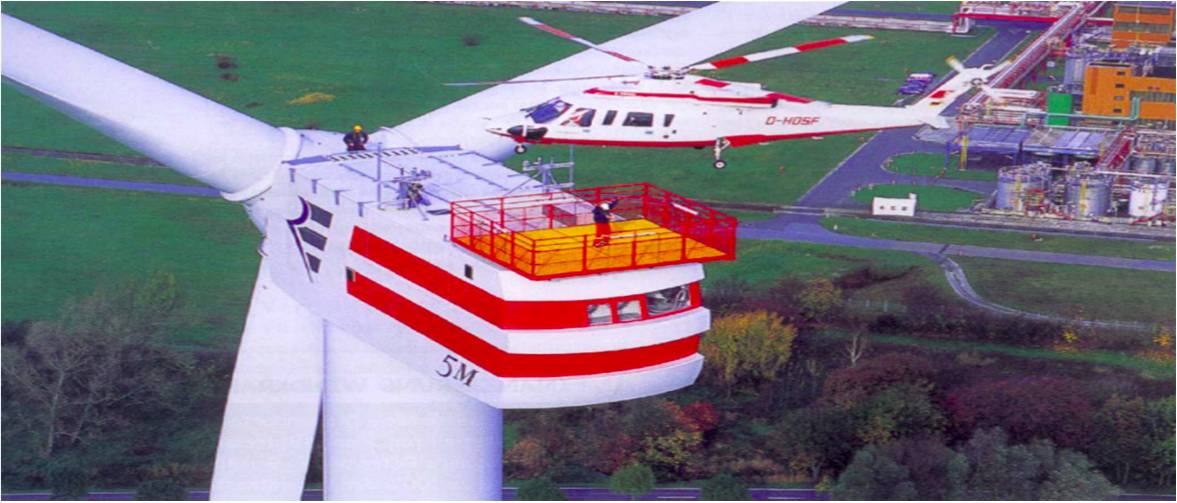
For the best scientific data and information on wind energy, nobody has done a better job than the Germans. Check out the world's #1 premier company in Wind Energy Technology:
Resource Materials:
These 2 Documents below are all the hard scientific data on wind, from the world's leading professionals.
Wood:Wood energy is our most traditional biofuel. Wood is mostly carbon, and the energy content of that carbon came from the sun via photosynthesis and the carbon mostly came from the air. The amount of standing carbon in the worlds forests is quite massive. Forests are great but management is needed, to prevent over forestation, especially as oil prices rise. In northern Russia and Siberia, wood is burned for heat in order to survive the most brutal winters. Brick or stone fireplaces are often used. 


Geothermal:Geothermal energy is heat escaping from the center of the Earth. This heat is mostly from naturally occurring nuclear reactions, so if you think about it we are basically sitting on a Nuclear Pile. It is certainly possible to generate electric power as molten rock (lava) can easily make high pressure steam capable of running a generator. The 2006 MIT study on Geothermal Power claims the technically extractable portion of this energy is some 2000 times our present energy consumption. http://web.mit.edu/erc/spotlights/underground_heat.html EGS technology calls for drilling a well down to the hot rock and then injecting water forcefully enough to open up tiny fractures in the rock and extend them horizontally away from the well. A series of injection and production wells are then drilled into the region of fractured rock. Water sent down the injection wells sweeps through the hot fractured rock and back up the production wells, providing large quantities of hot water or steam to run electric generators at the surface. One of the operation issues is that industrial boilers go to great effort to purify and treat the boiler feed water. Steam direct from the ground will almost certainly contain lots of minerals that will leave deposits, so there are a few maintenance issues. It is hard to imagine a practical heat exchanger to make steam from water with the heat gained from lava flow. There are a number of successful projects, and there is a lot of potential. We have 2 big energy problems.
See My page on Climate Change Conspiracies for more details on this important subject. Compute your own CO2 footprint on this EPA web page: http://www.epa.gov/climatechange/emissions/ind_calculator.html The human race is a victim of their (our) own success. We now have only 6 acres of land per person. Some of our economists tend to ignore the Law of conservation of Mass and Energy at our peril. We rate the strength of our economy based on how fast we dig out of acre 1 and make waste dumps on acre 6. Faster would appear to be better. We have run out of new frontiers and there is no place like Earth in our solar system to expand to, and the next closest sun is very, very far away. Bacteria would simply consume all of its resources and die in its own waste. If humans are smarter than bacteria, they better start acting like it. It does not have to be like this. We need to quickly transition to a sustainable long term energy system, and focus the creative energy of scientists, engineers, blue & white collar workers, farmers and others on transforming our industries, businesses, and communities. Some of our corporate leaders and business managers often find it easier to lobby our government to avoid change and competition, than to transform their business to serve societies real needs. Few companies today would act the way DuPont managers did when they became aware of the Ozone depleting effects of Freon. DuPont managers closed down the business, found alternatives, and transformed the business segment. These actions have clearly made improvements to preserve our protective ozone. Actual ozone levels while still somewhat low appear to have bottomed out since about 1995. Unlike a relatively diversified DuPont, the Oil business tends to be purely hydrocarbons, so it is hard for them to support a transition away from carbon. Oil companies make products we love and are part of the solutions, but it will take changes in many areas to achieve a sustainable energy infrastructure. At one time oil companies had massive research and development to develop oil production and refining technology. Exxon had Florum Park and Mobil had Princeton. In the 80's we cut back on research and focused on low cost production. Perhaps it is time spend money on research for a new energy infrastructure.
Some other useful links are:
I hope that every Scientist, Engineer, and Business manager, is upholding their own responsibility and code of Ethics (AICHE). Hold paramount the safety, health and welfare of the public and protect the environment in performance of their professional duties. CO2 is now regarded as a pollutant, and the EPA has the technically and politically difficult assignment to control the CO2 concentration. A friend asked me, if you were in charge of solving this problem, what would you do? This is a great question for an engineer. Here are the answers of this engineer. Luckily I am not a Politician that would need to sell these solutions to the public, as it is clear that these solutions would be politically difficult, even if they are the right medicine for the ailment. Here are 10 things I would do:
My 2018 Energy Predictions:
Many people shrug and say I'm not worried, they will come up with something. It would be fabulous if some secret technology being hidden by the government or the oil companies, etc., would be suddenly revealed and make the energy problem go away. Remember the too cheap to meter comment for Nuclear power? Yes we do have some dreams, and we do have some of the worlds most brilliant minds working on the problem, but I think our world will change a lot in just 10 years.
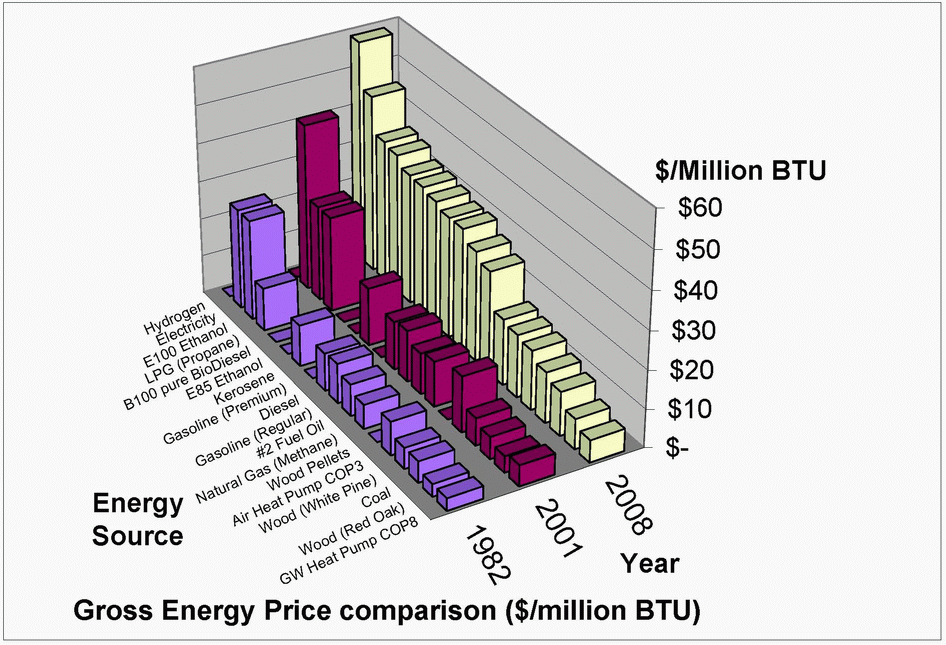
When it comes to how consumers behave with energy prices: PRESSURE moves FLUIDS MONEY moves PEOPLE Most consumers and businesses act on the economics involved. So with this in mind I thought it convenient to see the motive force that determines how people consume energy in May 2008. The graph above shows how the prices over a few time periods I happened to collect data. It is no surprise that all energy prices have been increasing, but the important question is where will they be and what should you do. How can I heat my home?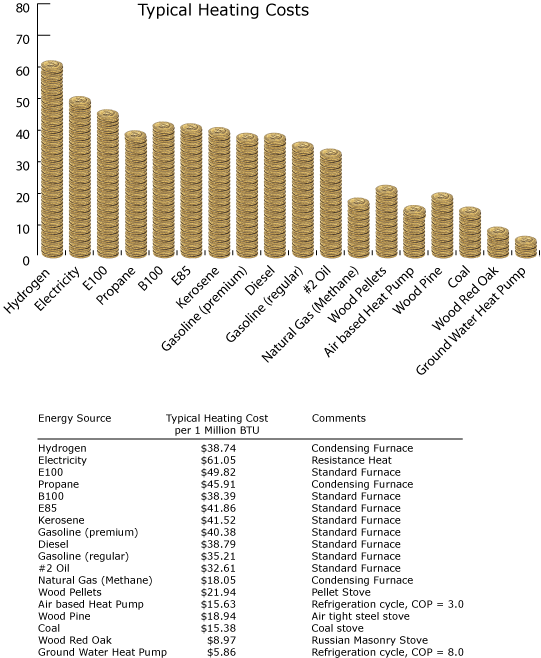
Now this comparison may not be accurate for your prices or your equipment, so be sure to use the on-line spreadsheet GO TO ENERGY PRICE CALCULATOR to get a more accurate comparison. In Northern Russia they use these style wood stoves to survive the winters by burning a handful of sticks every day, and sleping next to the stove. You can heat a decent size house with this type of stove on just 2 cords of wood per year.  
So what kind of car should I drive?
The data above show some possibilities. Now depending on your vehicle, your efficiency might be different. Gasoline engines only convert about 25% of the fuel energy into shaft work; diesels convert about 35% and thus have an advantage even when the fuels are priced equal based on energy content. Turbines can be over 45% efficient, they can handle high altitude, and with low weight they are a good fit for aircraft. Combined cycle turbines at a stationary power plant can be about 57% efficient with hydrocarbon fuels, and when used in a co-generation mode the waste heat can be put to useful commercial functions like making steam or hot water. Electric vehicle is 80-90% efficient. H2 Fuel cells are in the range of 80-90% efficient. It is inherently difficult to obtain high efficiency for heat engines, as the second law of thermodynamics limits efficiency due to the operational temperatures. Higher efficiencies can be obtained with higher combustion temperatures and lower sink (air) temperatures. External combustion engines like steam engines are a possibility, and a wood powered car is possible, but unlikely unless we can make a much more efficient external combustion engine than the old steam engines. Electric and hydrogen cars will be the future, but only when we convert our power industry to reduce it’s massive CO2 footprint. Regardless of the type of engine it should be obvious that moving an aerodynamic lightweight car and planning for the most essential travel will save fuel, extend your cars life, and reduce your CO2 footprint. Some Other Options to Consider:
LENR - Low Energy Nuclear Reactions: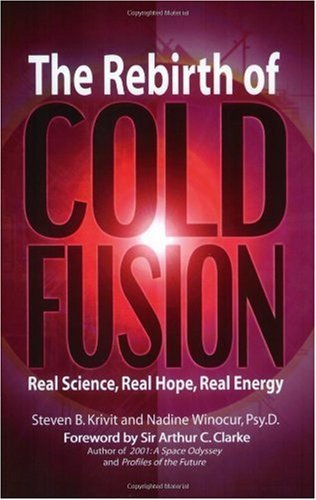

Cold Fusion, although virtually ignored by mainstream academic research, has continued underground through the efforts of brave and dedicated scientists. I am now pleased to bring you the technological and theoretical breakthrough we've all been waiting for... Clean, virtually inexhaustible energy in the form of sea water! Let the Cold Fusion Revolution begin! 1 Teaspoon of Heavy Water has the energy content of 300 Gallons of Gasoline. You could go 55 million miles on a gallon. There is enough deuterium fusion fuel in the top 1 foot of seawater in the San Francisco Bay to supply all of mankind's projected energy needs for the next 50-100 years... And you wonder why the Federal Reserve Corporation has been suppressing it... Since their petro-dollars and their power is backed by Oil.
India's Top Scientists Advise Government to revive cold fusion research:
Cold Fusion is real power generation source:
Cold Fusion NOW!
US NAVY Report on Cold Fusion:
Wired Science article on US Navy Cold Fusion:
Some important information about Steven E. Jones' involvement in cold fusion research (Very helpful Information):
The Obama Speech can be found here:
Cold Fusion Links: http://www.cbsnews.com/stories/2009/04/17/60minutes/main4952167.shtml
http://www.sciencedaily.com/releases/2009/03/090323110450.htm
http://en.wikipedia.org/wiki/Cold_fusion
"Znidarsic's Constant" 1,094,000 m/s - is the key to Cold Fusion and has many other practical applications of atomic resonance effects for control over the natural forces. The Theory and work of Frank Znidarsic:
Frank Znidarsic's latest versions of his papers: Here is a summary of Frank's work written for scientists: http://www.scribd.com/doc/42057333/The-Transitional-Quantum-State-of-Matter (if you want to show this theory to a physicist or scientist, this is the paper to print out and give to them)
Frank's Papers: Znidarsic's Constant on Wolfram Alpha: http://www.wolframalpha.com/input/?i=1094000+m%2Fs
Frank Znidarsic's Website with all the info: Chapter 7 on Frank's website details some important steps such as deriving the Schrodinger Equation from Znidarsic's Constant. It also shows exactly what gravity is, and where it comes from. http://www.angelfire.com/scifi2/zpt/chapter7.html
Important stuff to know about magnetic fields: The Infinite Battery:I decided to publish this idea after a video I did on Free Energy and Zero Point Energy Explained with Physics, one of my earlier videos (Sept 2, 2008), I could have done a much better job on all around. The audio production is sloppy and not clear. Please allow me to expand upon the idea I poorly alluded to, and underexplained in this video. The real science behind what I am trying to communicate, cannot be fully absorbed through a short YouTube video, but requires a lot of serious and dedicated research. Part 1 - The Solar CollectorThis is perhaps the most important technological discovery since electricity. Many believe this light technology will one day replace electrical technology.
New method for trapping light may improve communications technologies
Like a large sheet of very special crystal glass, this device would use layered photonic band-gap materials to filter and seprate incoming EM radiation into all usable frequencies. A photonic band-gap material will separate photons of certain frequency out of incoming light, and organize them in layers of diverging band-gap thickness (crystal structure). This essentially creates an Axial Dimensional Black Body! (where the Axial direction is perpendicular to the face of the crystal surface). I highly recommend reading the Princeton Article and hope you encourage investors to fund Paul Steinhardt and his important research into quasicrystals. These could be made by a process of layering band gap materials made of precision packed nanospheres of increasing sizes: http://www.nanopartz.com/ Part 2 - The Solar TransformerSolar Energy, once collected with the above technology, must then be transmitted via more optical crystals of the future, but eventually all light energy will eventually need to be converted into some form of usable energy. The above Eric Quiñones article cites research into black bodies which would be one form of trapping light. Another idea is to use plasmon switches for high energy photons (photovoltaic) and use quasicrystalline black body semiconductors to absorb low energy light and convert to heat. There are many other ideas such as PV cells for conversion to electrical energy. This invention relates generally to the field of quasicrystalline structures. In preferred embodiments, the stopgap structure is more spherically symmetric than periodic structures facilitating the formation of stopgaps in nearly all directions because of higher rotational symmetries. More particularly, the invention relates to the use of quasicrystalline structures for optical, mechanical, electrical and magnetic purposes. In some embodiments, the invention relates to manipulating, controlling, modulating and directing waves including electromagnetic, sound, spin, and surface waves, for a pre-selected range of wavelengths propagating in multiple directions. (http://patents.com/us-8064127.html) http://en.wikipedia.org/wiki/Photonic_crystal http://en.wikipedia.org/wiki/Band_gap http://en.wikipedia.org/wiki/Black_body 100 year old PROOF OF CONCEPT: http://en.wikipedia.org/wiki/Crystal_radio_receiver http://www.prod.sandia.gov/cgi-bin/techlib/access-control.pl/2002/023615.pdf Here's a patent on one such battery you should check out: Another similar invention to the Infinite Battery From Tom Bearden's Website: http://www.cheniere.org/books/excalibur/moray.htm A very cool link: http://www.serpo.org/release19.php Tesla "Free" Energy:WardencliffeAtmospheric Energy Collectors More coming soon... |